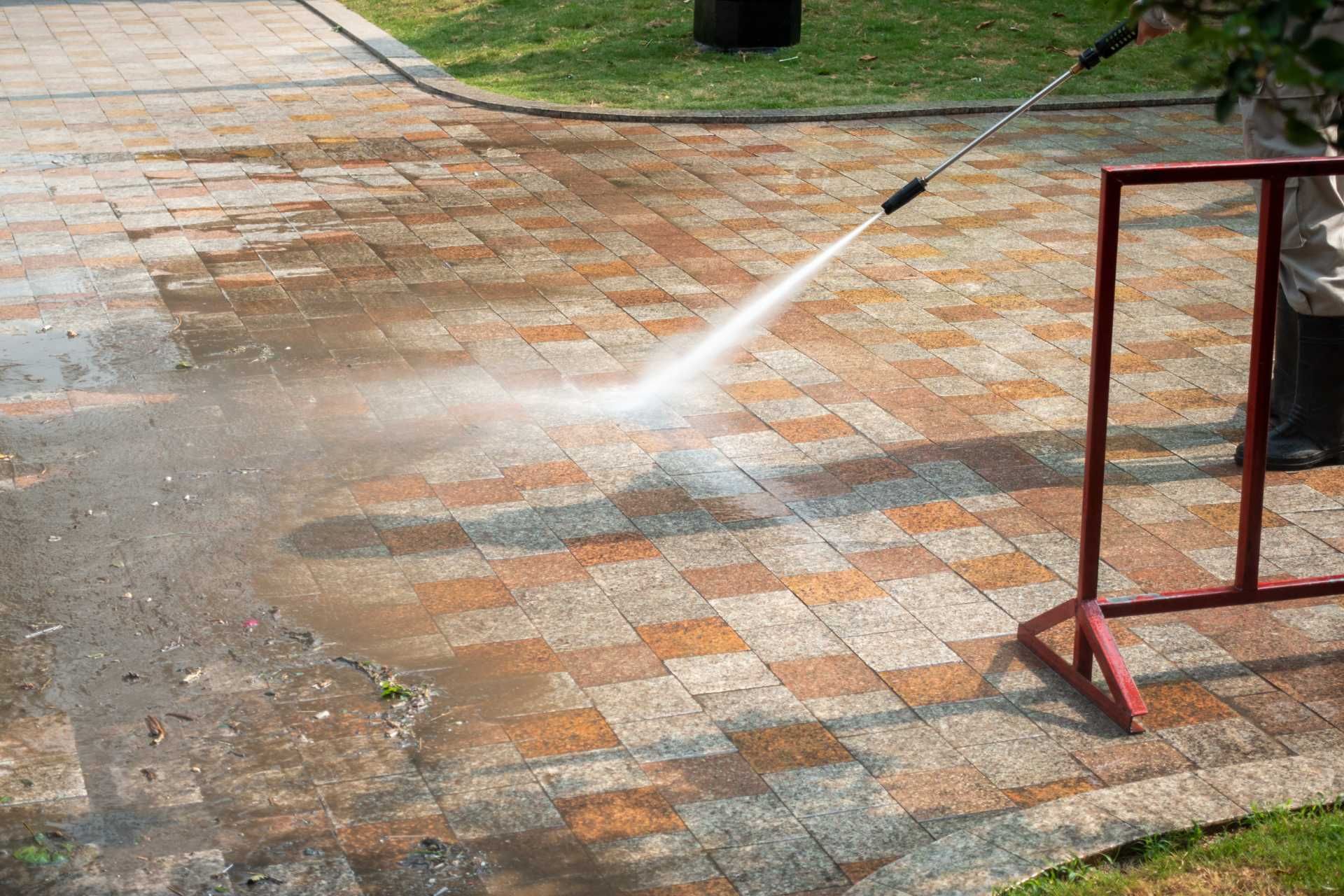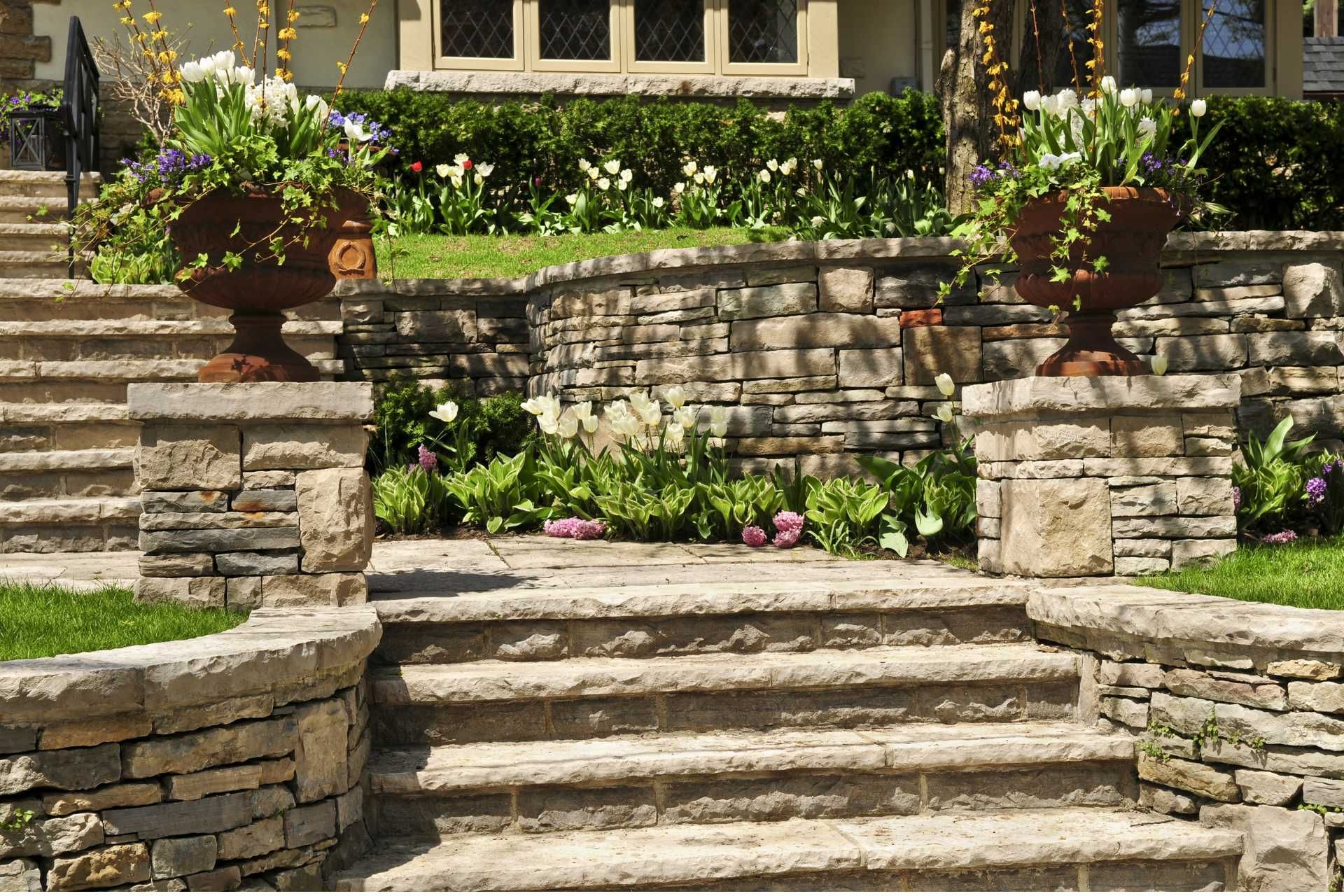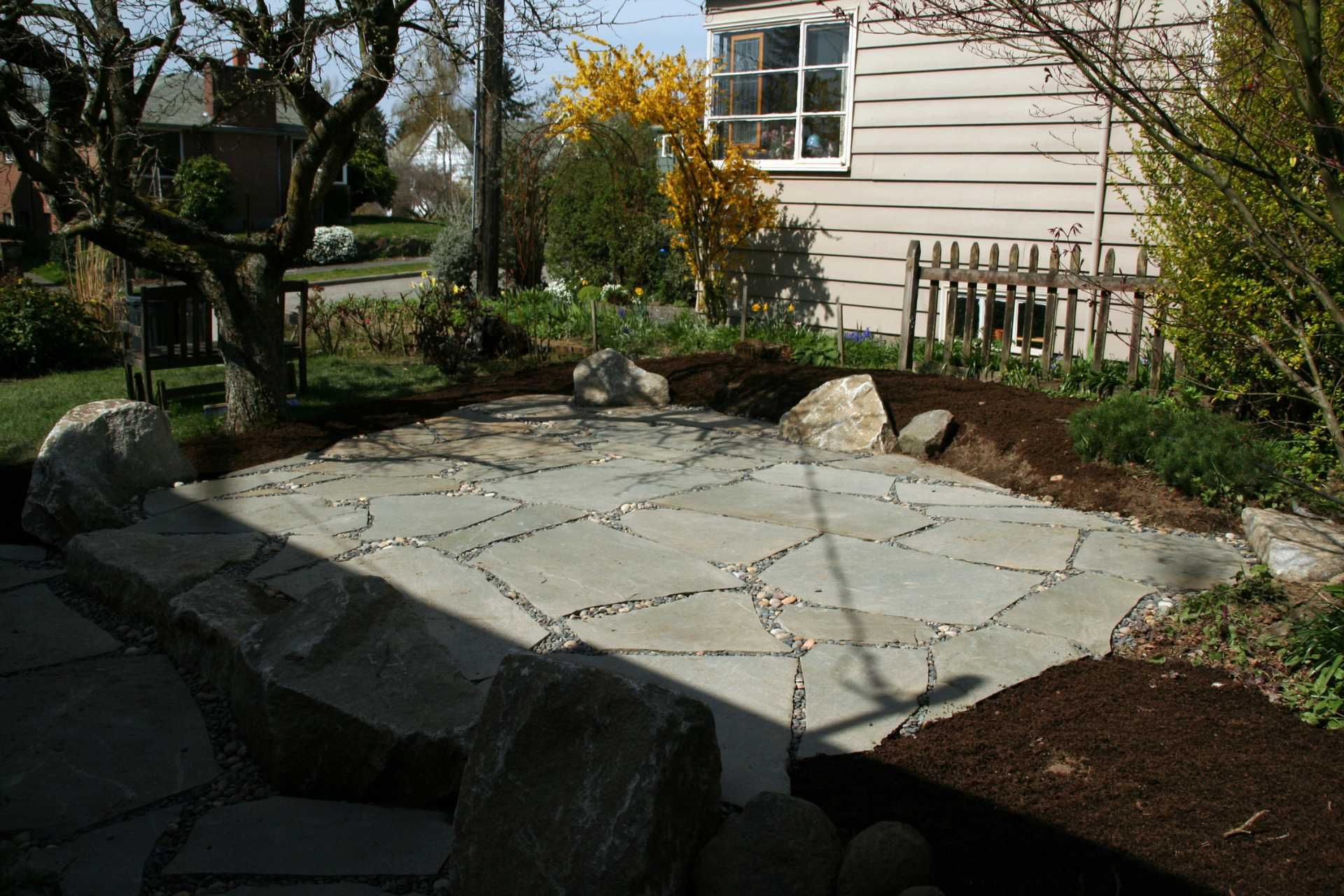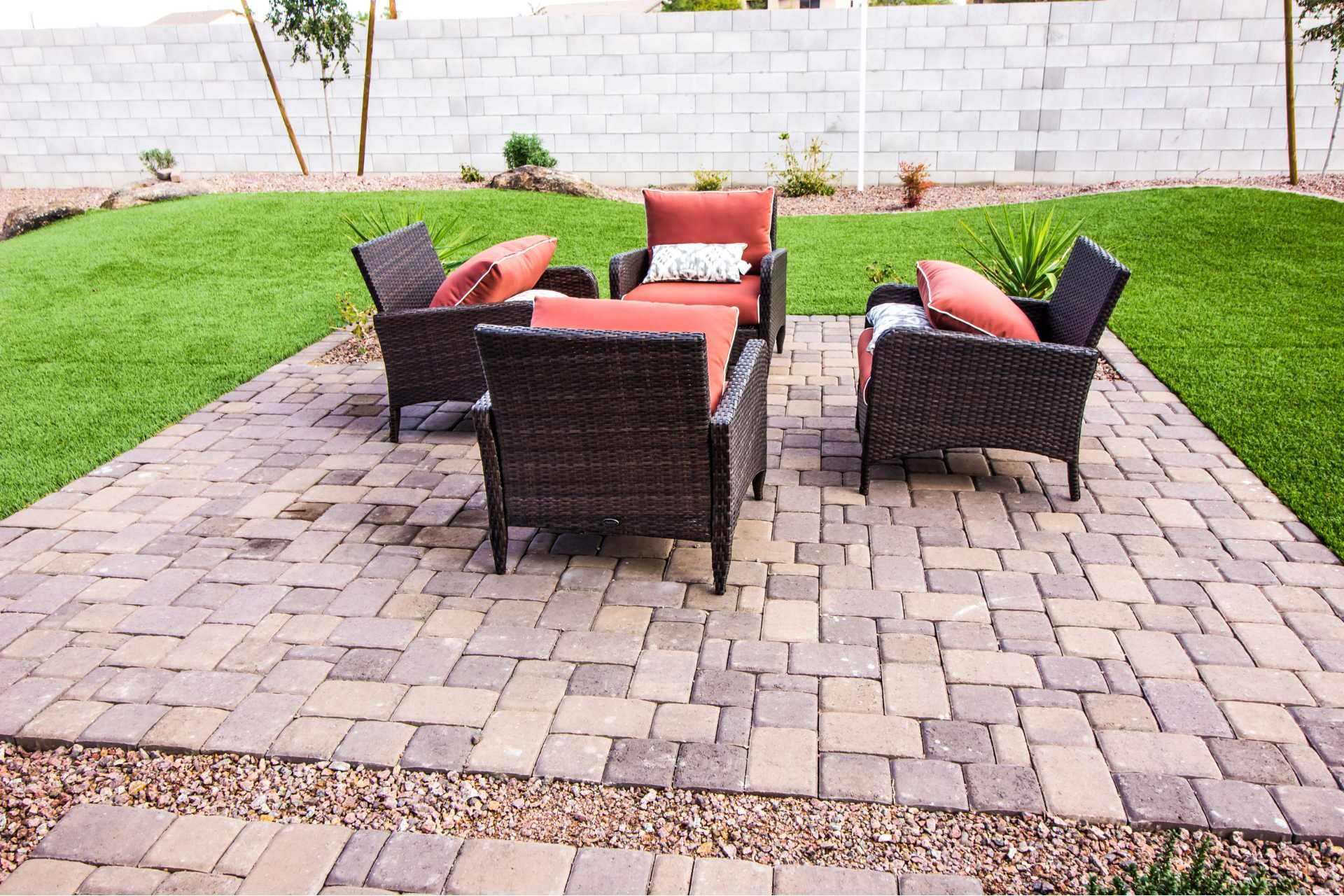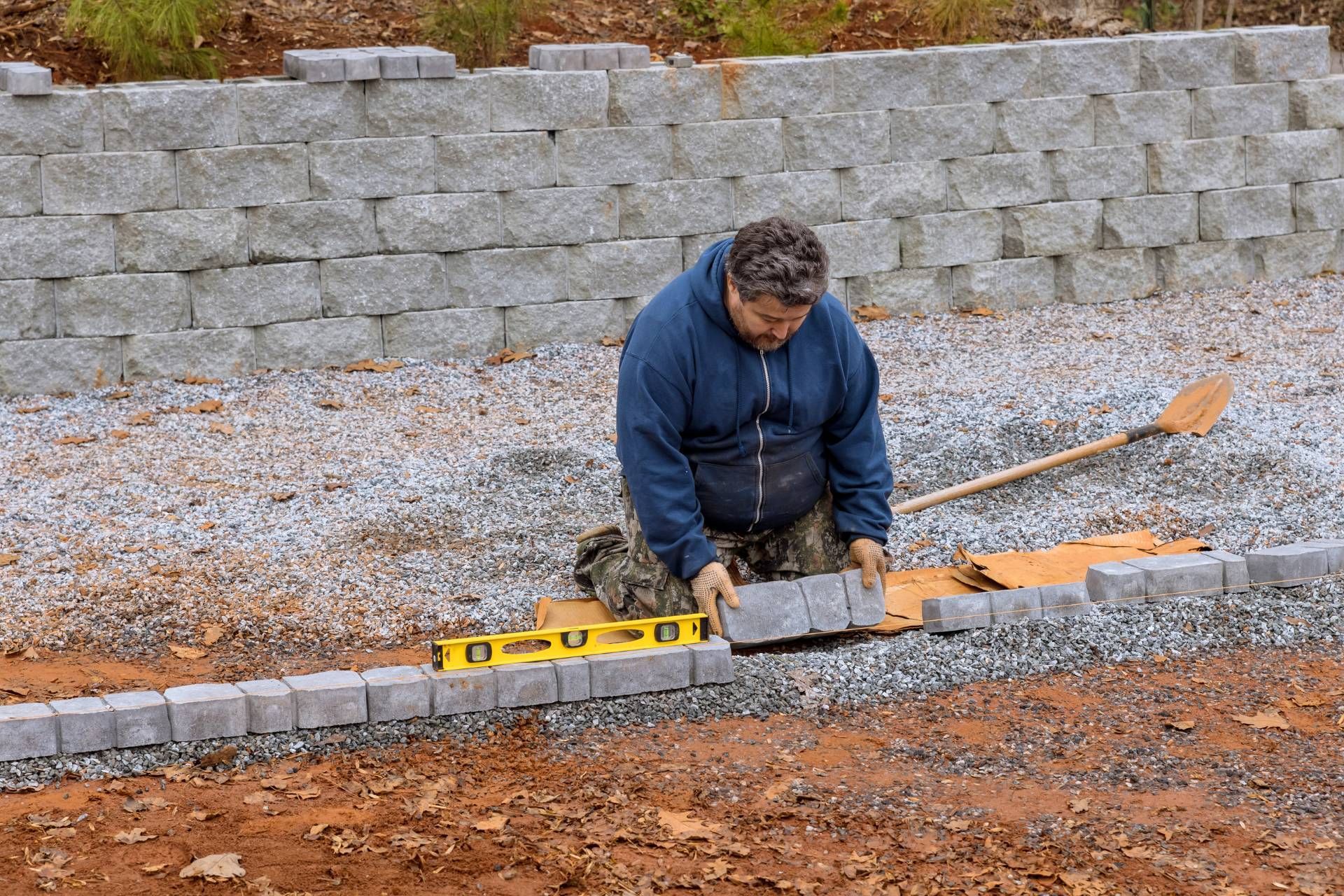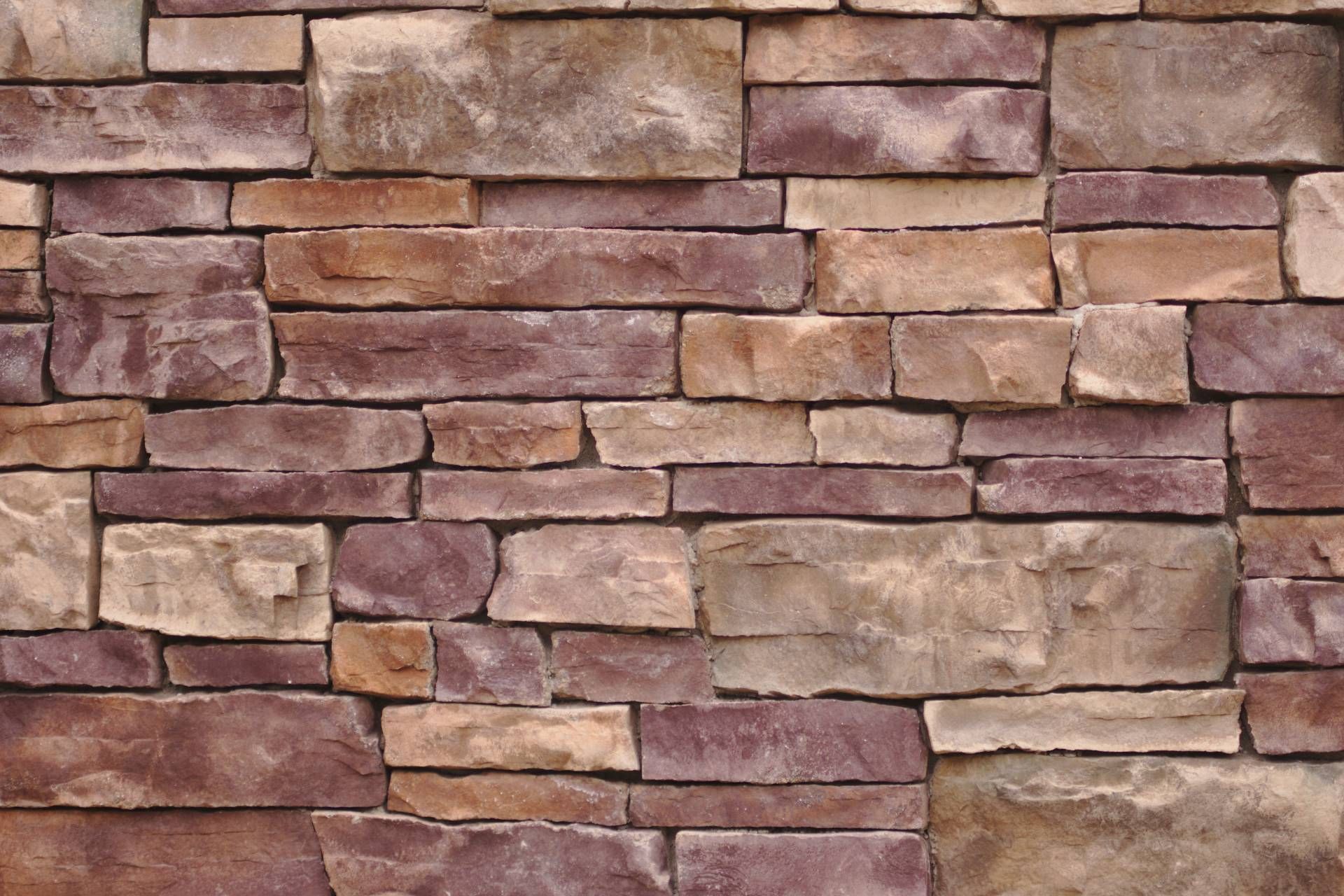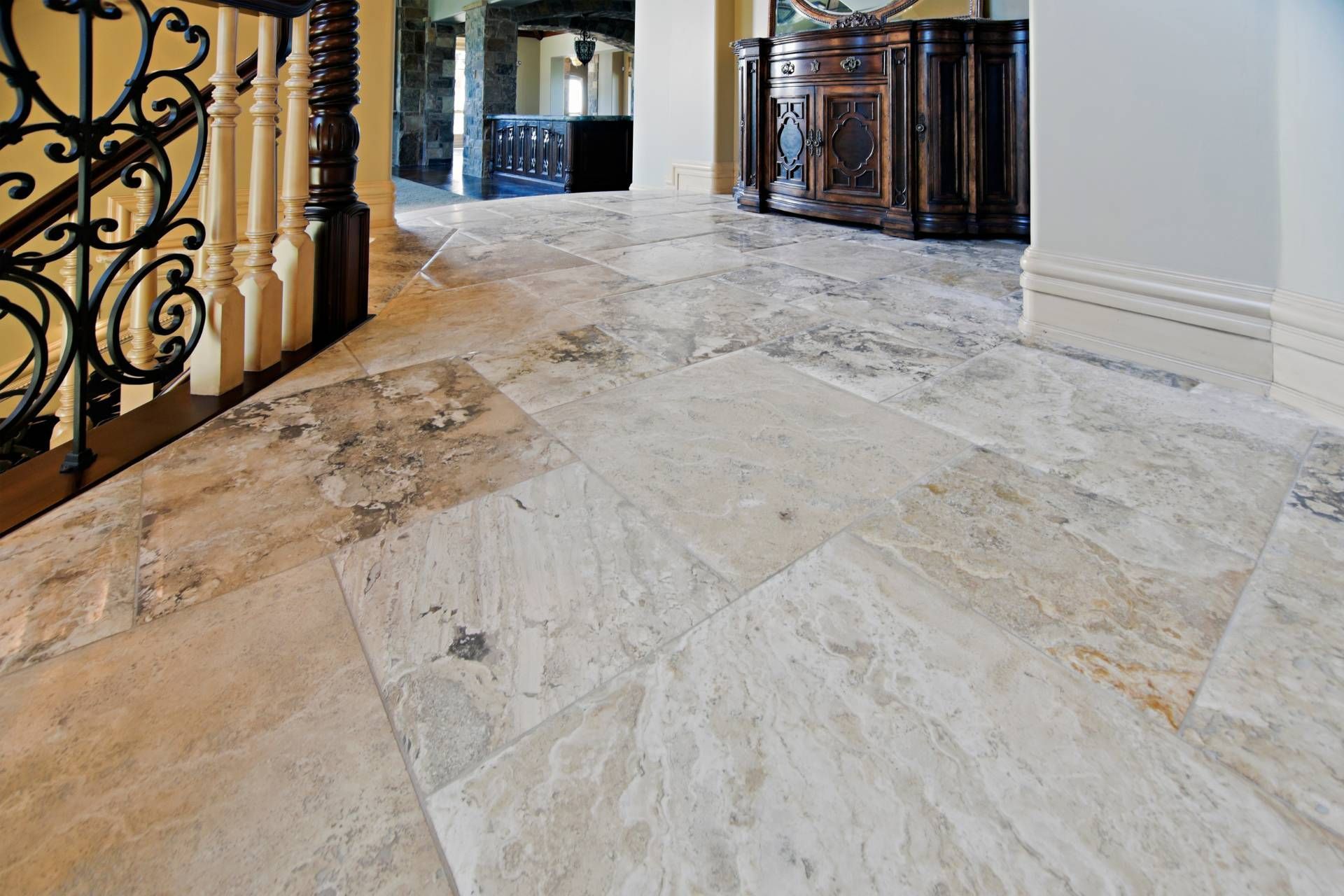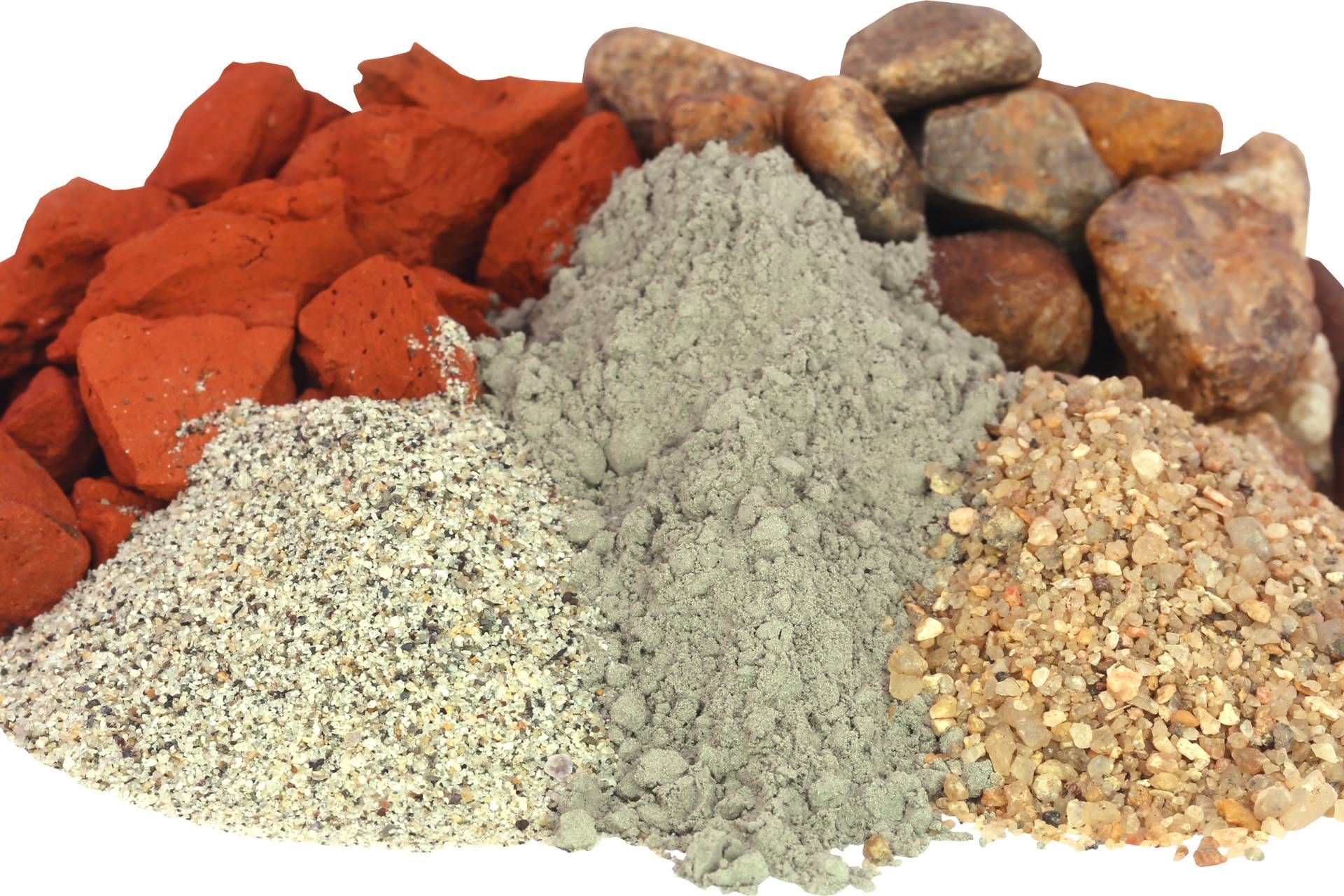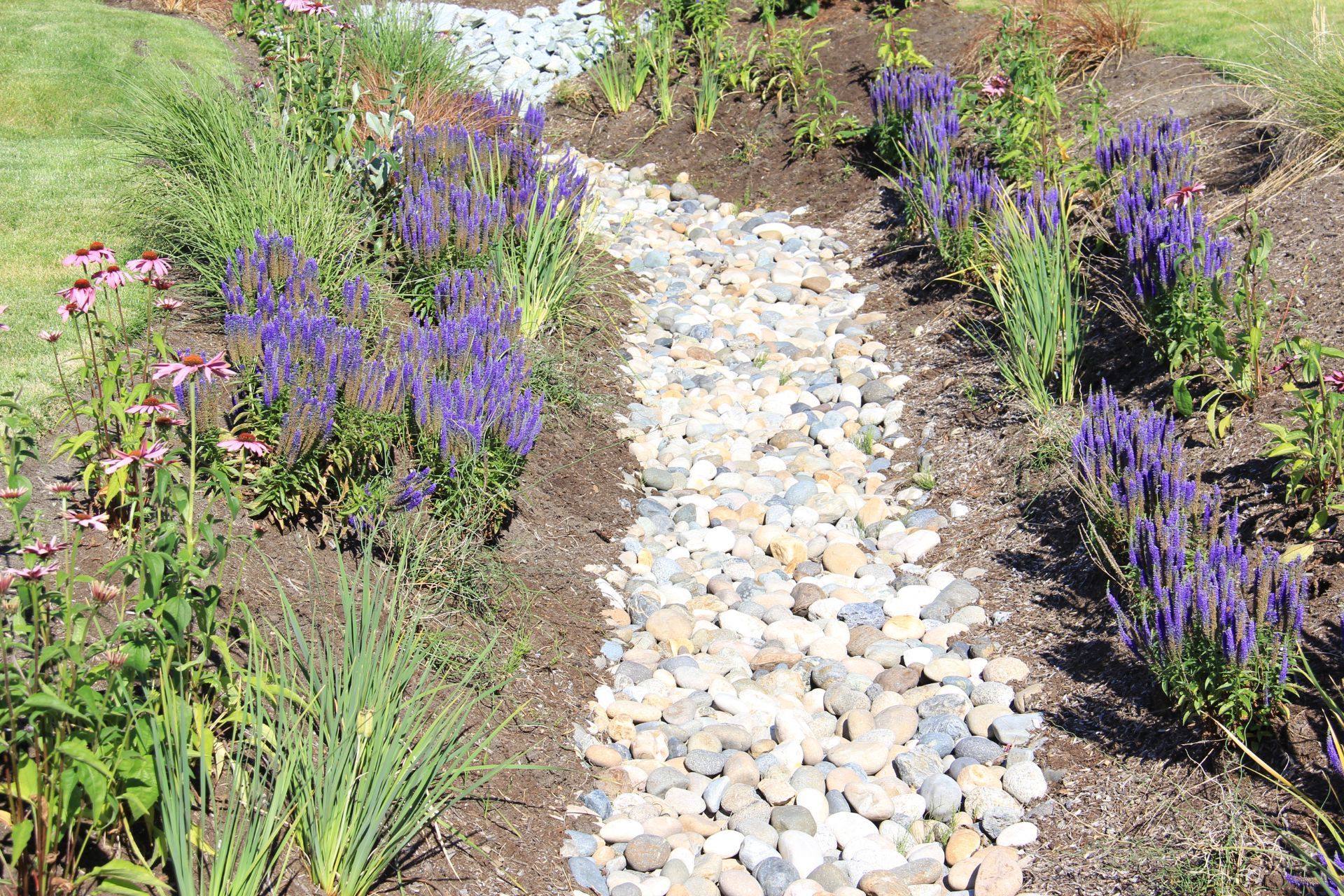Types of Landscaping Fabric: A Buyer's Guide
When it comes to landscaping, there's more to it than just planting flowers and shrubs. One important aspect of creating a beautiful and low-maintenance outdoor space is the
use of landscaping fabric. Landscaping fabric is an essential tool for anyone looking to create and maintain a beautiful garden or outdoor space. It helps to prevent weed growth, conserve water, and control erosion. This fabric is also known as geotextile fabric. However, with so many options available in the market, choosing the right type of landscaping fabric can be a daunting task. In this buyer's guide, we will explore the different types of landscaping fabric to help you make an informed decision.
What exactly is landscaping fabric?
Also known as weed control fabric or garden fabric, it is a durable and permeable material made from synthetic or organic fibers. Its primary purpose is to prevent weed growth while still allowing air, water, and nutrients to penetrate the soil. Not only does it inhibit the growth of unwanted plants, but it also helps retain moisture and regulate soil temperature, promoting optimal conditions for your prized plants to thrive.
The Benefits of Landscaping Fabric
Firstly, it saves you time and effort. By effectively blocking out sunlight, which is crucial for weed growth, you'll invest less energy in pulling out those pesky invaders. This means you'll spend more time enjoying your garden instead of constantly battling weeds.
Secondly, landscaping fabric is a sustainable choice for gardeners. Instead of relying on harmful chemical weed killers that can be detrimental to the environment and potentially harmful to your health, this fabric offers a natural and eco-friendly alternative to keep your garden weed-free. Using landscaping fabric also reduces the need for excessive watering, as it helps retain moisture within the soil, minimizing water wastage.
Types of Landscaping Fabric
1. Woven landscaping fabric
Woven geotextile fabric is the most common and durable type available. It is made by weaving polypropylene threads together, creating a strong and robust material. Woven fabric allows water, air, and nutrients to penetrate the soil while preventing weed growth. It is excellent for large areas where heavy-duty weed control is required, such as under gravel paths or large flower beds. Its downside is that it can be more expensive than other types and may not conform well to irregular surfaces.
2. Non-woven landscaping fabric
Non-woven geotextile fabric is made from polyester fibers that are bonded together. This type of fabric is thinner and lighter compared to woven fabric. While it still effectively suppresses weed growth, its main advantage is its ability to conform to uneven surfaces, making it ideal for irregularly shaped areas or slopes. Non-woven fabric is also less expensive than woven fabric, making it a popular choice for budget-conscious gardeners. However, it may not be as durable as the woven type and might require replacement after a few years.
3. Perforated landscaping fabric
Perforated geotextile fabric is a variation of both woven and non-woven types. It is designed with small perforations or holes that improve water drainage. This type of fabric is often used in areas where excessive water accumulation is a concern, such as flat yards or near downspouts. The perforations allow water to seep through the fabric while still providing weed control and soil stability.
4. Biodegradable landscaping fabric
For those who prioritize eco-friendliness, biodegradable geotextile fabric is an excellent option. Made from natural materials such as jute or coir, biodegradable fabric gradually decomposes over time, enriching the soil with organic matter. This type of fabric is perfect for temporary applications like annual flowerbeds or vegetable gardens, where the fabric can break down naturally without leaving any residue.
5. Plastic Mulch Film
Plastic mulch film is a specialized type of landscaping fabric used primarily in agriculture. It is made from thin, clear plastic sheets that help regulate soil temperature, conserve moisture, and control weed growth. While plastic mulch film is not suitable for all types of landscaping projects, it can be highly effective for large-scale gardens or vegetable patches.
Is landscape fabric right for my yard?
Whether or not landscape fabric is right for your yard depends on your specific needs and circumstances. If you have a large area prone to aggressive weed growth or simply want to reduce your time spent weeding, landscape fabric might be a worthwhile investment. However, if your yard consists of diverse plantings or you prioritize the longevity and health of your plants, alternative weed control methods may be more suitable.
What is the best landscape fabric?
Ultimately, the best landscape fabric will depend on your specific requirements, budget, and project scope. It's worth investing time in researching different brands, reading customer reviews, and seeking expert advice before making a final decision.
When choosing a landscaping fabric, consider the specific needs of your project. Evaluate factors such as the size of the area, the amount of weed control required, drainage needs, and your budget. Always look for a reputable supplier that provides high-quality fabric to ensure its effectiveness and longevity.
When to Call a Landscaping Professional
While many landscaping tasks can be handled by homeowners, it's essential to recognize when it's time to call a professional. From complex projects to situations where skills, knowledge, or specialized equipment are required, a landscaping professional ensures that your outdoor space is beautifully designed, maintained, and protected. So, the next time you face a landscaping challenge, consider seeking the help of a knowledgeable and experienced expert.
NH Thinstone
760 NH-16
Ossipee, NH 03864
CALL US
Phone: (603) 837-6685
EMAIL US
Email: ordersnht@gmail.com
HOURS
- Monday
- -
- Tuesday
- -
- Wednesday
- -
- Thursday
- -
- Friday
- -
- Saturday
- Appointment Only
- Sunday
- Appointment Only
Copyright © 2023 NH Thinstone, All Rights Reserved.

